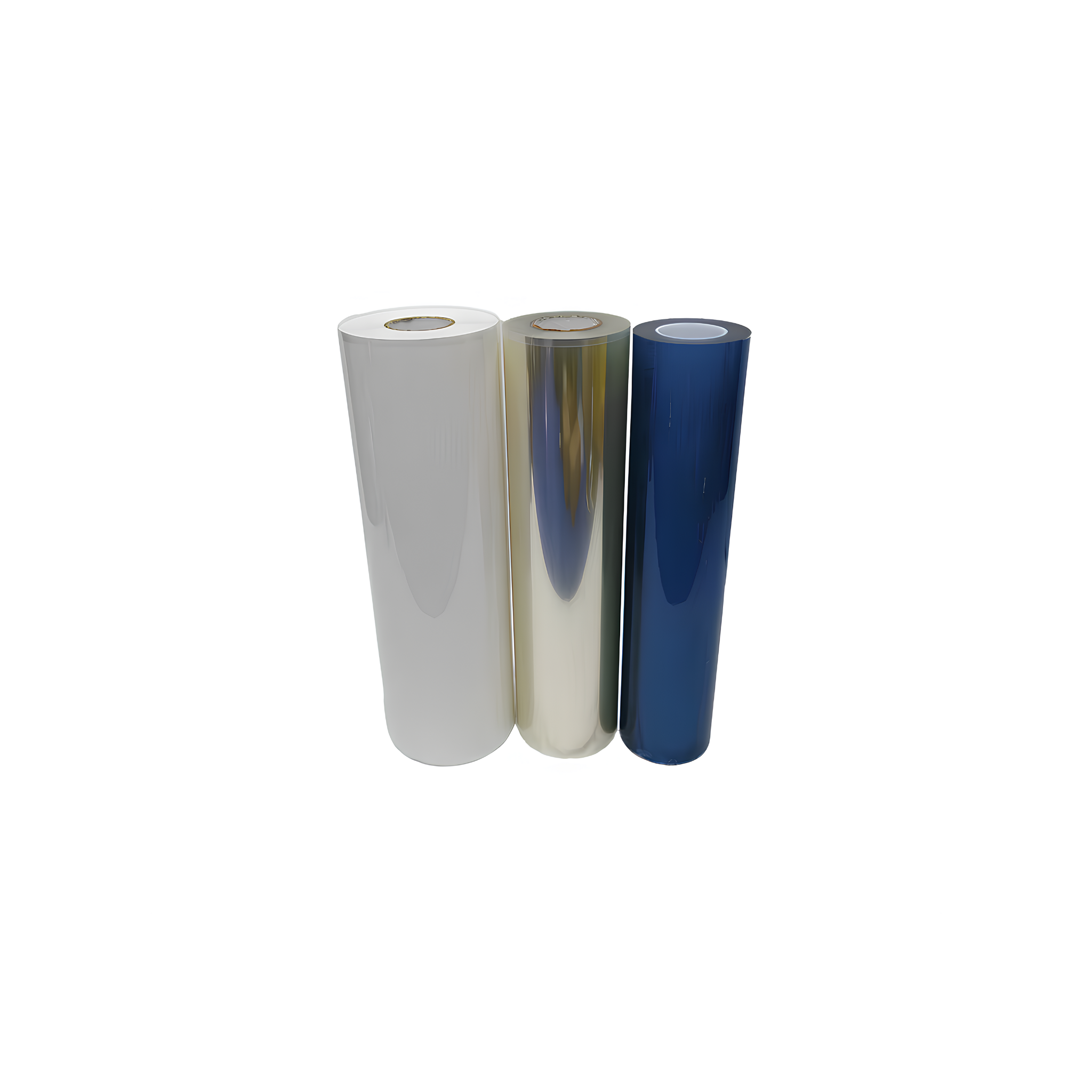Let customers speak for us
DTF Film: The Essential Material for High-Quality Transfers
DTF (Direct to Film) printing has gained significant popularity in the custom printing world. At the core of this process is DTF film, a material that helps create vibrant, detailed, and durable designs that can be transferred onto different substrates. In this article, we’ll explain what DTF film is, how it works, and why it’s crucial for high-quality custom prints.
What is DTF Film?
Direct to Film is a special transfer material used in the Direct to Film printing method. It holds the design that is later transferred onto various surfaces such as clothing, accessories, and promotional items. The film is coated to allow it to retain the ink from the printer, and after printing, the design is transferred using heat and pressure.
Available in different sizes and types, Direct to Film is compatible with a wide variety of materials. It ensures durability and great adhesion, making prints last even after washing.
How Direct to Film Works
The process involves a few essential steps:
-
Design Creation
Start by creating your design using graphic software like Adobe Illustrator or Photoshop. The design is formatted to fit the substrate you plan to print on. -
Printing onto DTF Film
Once the design is ready, print it onto the Direct to Film using a specialized printer. The design is mirrored to ensure proper alignment when transferred. -
Applying Adhesive Powder
After printing, apply adhesive powder to the film. This ensures proper ink adhesion to the material during the transfer process. -
Curing the Ink
The film is cured using heat, which melts the adhesive and secures the ink in place, making the design durable. -
Heat Transfer to the Substrate
The design is transferred onto the final product using a heat press. After pressing, the film is removed, leaving the print on the material.
Advantages of Using Direct to Film
Direct to Film offers several benefits for custom printing:
-
Versatility: It can be used on cotton, polyester, leather, wood, metal, and more.
-
High-Quality Prints: It ensures vibrant, sharp designs that last.
-
Durability: The prints are resistant to fading, cracking, or peeling, even after multiple washes.
-
No Pre-Treatment Required: The process is quicker and more affordable than methods like sublimation.
-
Cost-Effective for Small Batches: Ideal for businesses needing low-volume, custom designs.
-
Eco-Friendly: DTF printing uses less ink and avoids toxic chemicals, making it cleaner for the environment.
Applications of Direct to Film
Direct to Film is versatile and can be used in various industries:
-
Clothing: Custom shirts, hoodies, and hats.
-
Accessories: Bags, shoes, phone cases, and wallets.
-
Promotional Items: Mugs, water bottles, and tote bags.
-
Hard Goods: Printing on wood, glass, and metal.
-
Personalized Gifts: Custom gifts such as photo frames and keychains.
Is Direct to Film Right for Your Business?
If you need a flexible, affordable, and high-quality printing solution, Direct to Film is an excellent choice. It works for various materials and offers vibrant, long-lasting prints. Whether you're starting a custom printing business or expanding your product offerings, Direct to Film is a great option for creating unique items.
The process is quick, efficient, and suitable for both small and large batches, making it perfect for print-on-demand services, hobbyists, or custom shops.
Conclusion
Direct to Film plays a crucial role in custom printing. Its ability to produce vibrant, durable designs on a wide range of materials makes it an essential tool for anyone in the printing industry. Whether you’re creating apparel, accessories, or gifts, Direct to Film ensures that your designs are professional, sharp, and long-lasting.
Using Direct to Film in your printing process allows you to expand your offerings, improve product quality, and meet the demand for custom items.
Check Out Our Other Products
Please Click to get DTF Ink
More information



